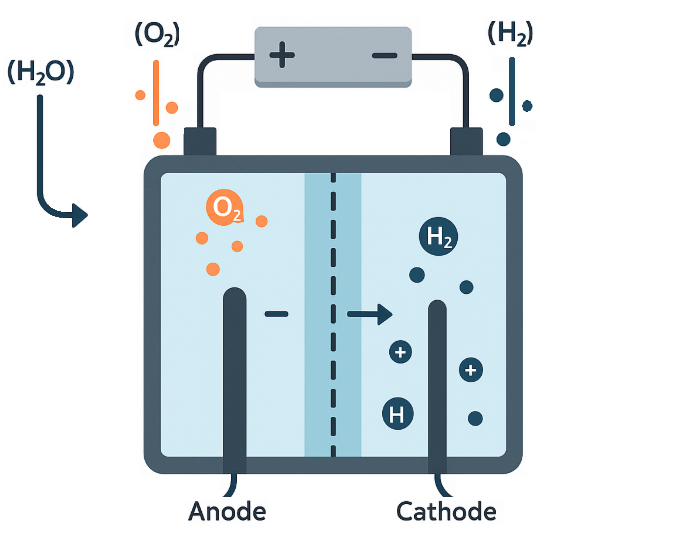Our TuffPEM and AEMTuff membranes are designed, developed and manufactured to address all of these challenges.
These conduct protons (H⁺) and are widely used in proton exchange membrane fuel cells and electrolyzers.
These conduct anions (such as OH⁻) and are central to anion exchange membrane fuel cells and electrolyzers.
AEMs and PEMs are central to the shift from fossil fuels to clean, electrochemical energy systems, helping decarbonize power, transportation and chemical industry




Our TuffPEM and AEMTuff membranes are designed, developed and manufactured to address all of these challenges
Current membranes available in the market are very expensive. For broad adoption significant cost reduction is required.
Current membranes lack long term durability required for many of the application. Membranes with durability of often several years is required.
There is a concern of per-fluoroalkyl substances known as PFAS or “Forever Chemicals” associated fluorinated membranes. It is desirable to have fluorine-free membranes.
Many of the membranes are available in small quantities and lack commercial scalability. Membranes with capability and capacity to manufacture millions of square meters are required.